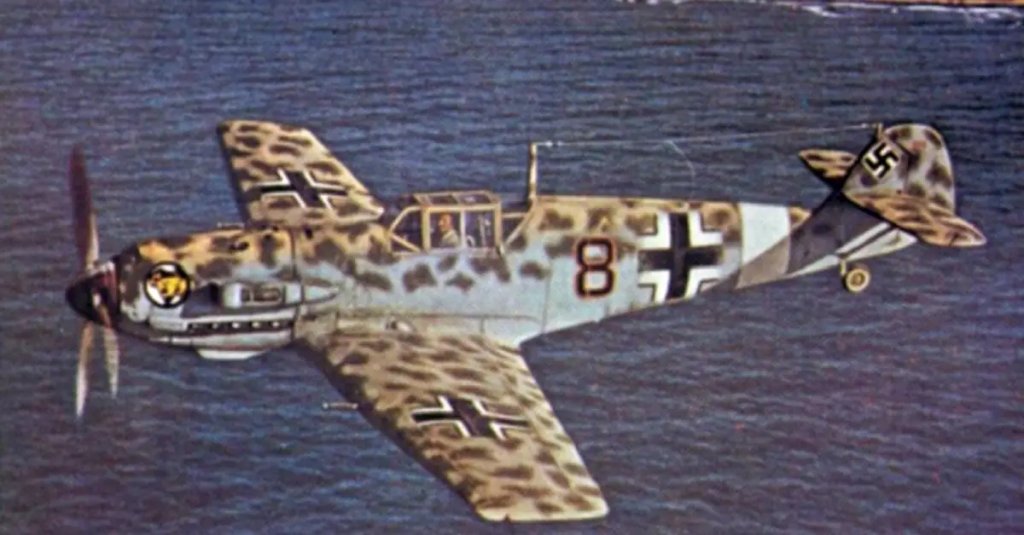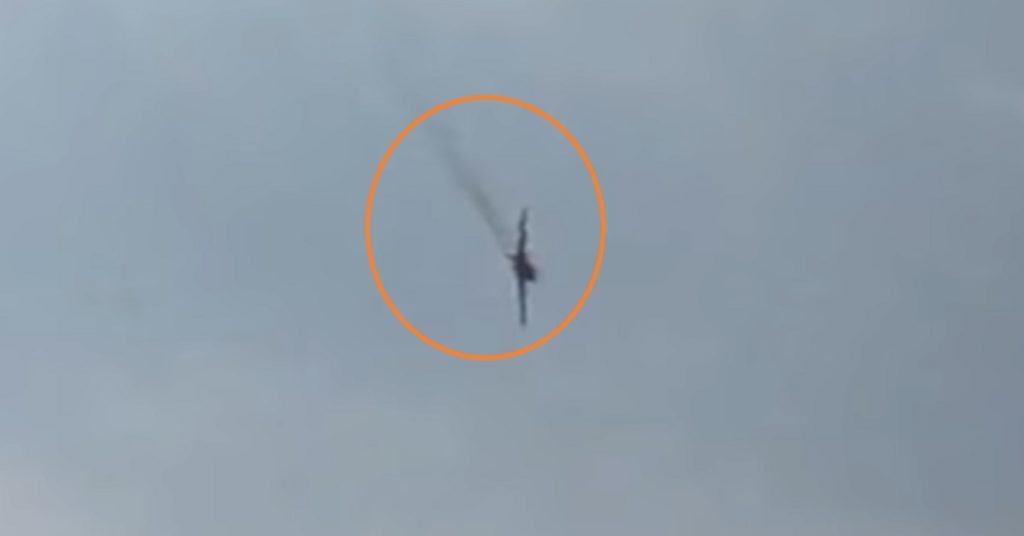

Every student of history knows that the British won the Battle of Britain in August and September of 1940, and that the Spitfire played a key role. But why was that the case? The answer is stunningly ironic, and it requires us to look at what both the Spitfire and the Bf 109 were supposed to do.
(Yes, I said Bf 109. Believe it or not, calling Willy Messerschmidt’s signature design a Me 109 isn’t accurate. Messerschmidt worked for the Bavarian Aircraft Works, or Bayerische Flugzeugwerke. Now, Messerschmidt bought the company in 1938, but planes designed before the purchase, like the Bf 109, kept the old designation.)

Both planes were really designed to fulfill the same mission profile: that of a short-range interceptor.
The Spitfire Mk VB had a top speed of 370 miles per hour, could climb 2,600 feet per minute, and had a combat radius of 470 miles. The Bf 109G had a top speed of 398 miles per hour, a range of 621 miles with a drop tank, and could climb 3,345 feet per minute.
In 1940, the Germans needed a plane to escort their bombers, and the Bf 109 was their only option. They tried the Bf 110, a twin-engine plane with long range and heavy firepower. The problem was, the Bf 110 was easily killed by the more maneuverable Spitfires, so the Bf 109 found itself pressed into service.
But even with a drop tank, the Bf 109 just didn’t have the endurance to be a good bomber escort.

The Spitfire was also plagued with short endurance, but during the Battle of Britain — and even over Dunkirk earlier in the summer of 1940 — it was fulfilling its role as a short-range interceptor.
In essence, it was doing what it was designed to do. The Bf 109 was also a short-range interceptor…but it was pressed into service as a bomber escort, and it just couldn’t hack it.
When the United States entered the war, one thing they were truly successful at was coming up with the perfect escort fighter, the P-51 Mustang. You could say they had learned from Nazi Germany’s mistake.
